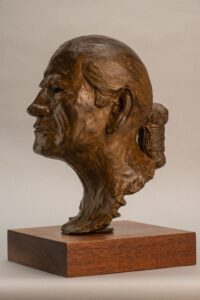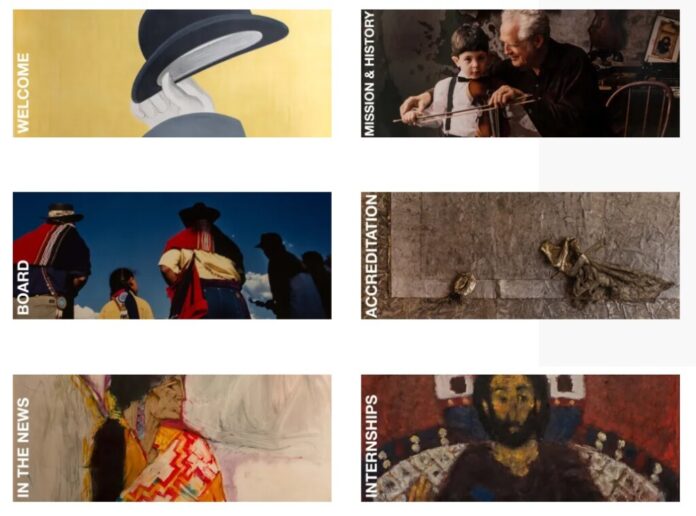Jesuit students spend countless hours surrounded by art. To the normal student, the fact that our school houses a museum is common knowledge. However, the Jesuit Dallas Museum happens to be among a rare and distinct group of national museums. After 7 years of hard-work and perseverance, the Jesuit Dallas Museum is one of the few museums in the nation to be American Alliance of Museums accredited. Only accredited 3% of museums in the United States have achieved this level of distinction.
What is Accreditation?
Now, you may be wondering what does this mean and why is it such an important distinction? Accreditation is a multi-year process that averages about 5-7 years to complete. Mrs. Hunt-Blanc, the Jesuit Dallas Museum’s director, defined accreditation as “the highest level that a museum can be awarded by the American Alliance of Museums.” To achieve this level of recognition, museums must undergo a deep and rigorous examination. For example, the AAM reviews the museums core documents, mission statement, code of ethics and other key aspects. Accreditation requires a certain level of excellency, while upholding proper museum standards. This is exactly why the process is so thorough and intense.

The AAM must also examine the museum’s core values. In Jesuit’s case, this means it needs cooperation from the school itself as is also serves as a premier resource for student learning. Therefore, the art must be integrated into the classroom environment in order for young men to truly appreciate it. This corresponds directly with part of the JDM’s motto which is “to enhance the educational experience of students”. Current teachers like Mr. Waits and Mrs. Bolton have involved museum pieces to teach their classes. In Mr. Waits Spanish classes students interacted with and examined many of the art from Mexican artists. During the American Alliance of Museum’s tour, their students actively participated, exhibiting the connection between the art of the school and its students.
Interview with Mrs. Hunt-Blanc
Are there any specific pieces that you feel helped the process of being accredited?
“Yes, one that everyone kind of falls in love with is outside the information commons and it is the Navajo Code Talker by RC Gorman. The David Bates piece is another because he is a very important figure in Texas art. They also just couldn’t believe that we had four pieces of pop art. Then there is the big piece up to the right of the stairway by Robert Indiana.

Does this mean anything for the Jesuit Dallas Museum long term?
“Howard Taylor, the director of the San Angelo Museum, stated that he thought we should be a model for other places thinking about being accredited. That would be a pretty exciting long term effect.”
Jesuit’s accreditation also happened to be in the middle of the Covid-19 pandemic, making the already painstaking process even more complicated. Also meaning that the Jesuit Dallas Museum team had to photograph the entire collection. The team also created an entire new website for the museum under the leadership of museum President Susan Carringer. This navigable and clean website contributed to the eventual accreditation. You can now find the fine art collection on the website.

A key feature of the museum is the strategic organization of the art. The JDM’s art is organized completely by genre or culture. This properly exhibits the diversity of the JDM and how meticulously members of the museum work to enhance its features. Hallway A contains the Russian icons and photography collection as well as Native American artists. Outside the information commons there are many important Mexican artists including R.C. Gorman’s Navajo Code Talker.

The JDM’s accreditation serves not only as a historic and unprecedented accomplishment, but it also shines a light on the incredible Jesuit Dallas Museum. For those looking into accreditation, the museum is now a perfect model. The variety and overall quality of the art exhibits the excellence and prestige of the museum. With all of this in mind, one might forget that the Jesuit Dallas Museum is one of a kind in the fact that it’s also a fully functioning high-school. If you ever see Mrs. Hunt-Blanc in the hallways, remember to congratulate her on the accomplishments of our museum. For more information on the JDM, click on this link.
Thank you for reading and make sure to read The Roundup for more school news.






